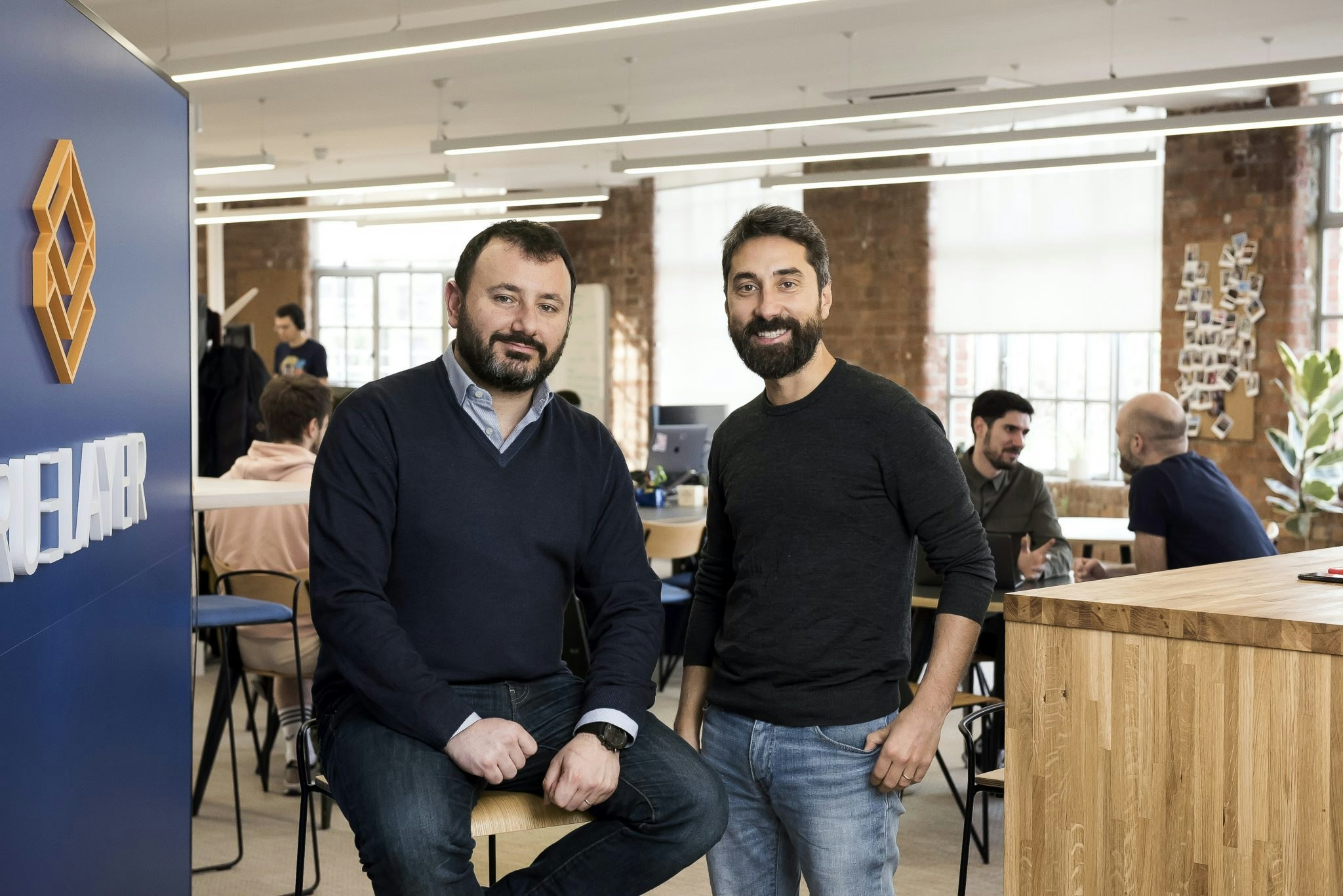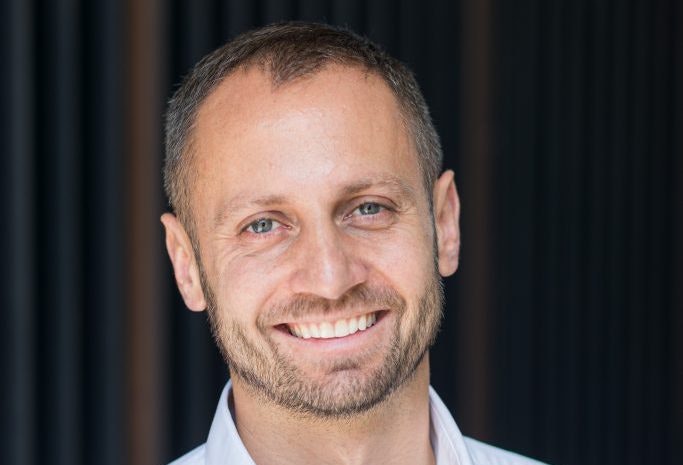Investors are still betting big on open banking: in the past three months, TrueLayer announced a $130m funding round led by Tiger Global, Visa bought rival Tink for $2bn, Yapily announced its $51m Series B raise and Mastercard doubled down by acquiring Aiia — a Danish startup that will allow Mastercard to do credit scoring.
Often referred to as the "plumbing" of banking, a new breed of open banking providers such as Yapily are allowing users to share their bank data directly with other parties, like fintech apps, to get access to more services. After slow growth initially, over 300 fintechs globally have now joined in on the hype.
“It started in the UK a number of years ago as a means to enable more innovation in the banking sector and to create better and fairer financial services for everyone,” says Iain McDougall, chief commercial officer of open banking infrastructure provider Yapily. “Ultimately it’s a way to help people move, manage and make more of their money and data through sharing, to enable better and fairer financial products and services.”
But open banking services have faced some speed bumps. As new business models are cropping up and investment is booming, where is the sector now and where is it heading?
Open banking: Payments vs infrastructure
So why are investors flashing the cash when open banking is still in its nascency? Back in April, Yapily founder Stefano Vaccino told Sifted that VCs are less concerned with monetisation and more with the market’s raw opportunity.
“Investors aren’t looking at revenue multipliers, but the size of the market… This is a space that for the next 10 to 15 years will continue to grow, and there’s an opportunity to build a company that is $100bn,” Vaccino said.
One of the opportunities in open banking is the payments market, where fintechs are using the vast network of bank connectivity to fuel a new era of account to account (A2A) transactions. That’s allowing consumers to pay directly into merchants’ bank accounts rather than using a card.
Early open banking players like Tink, Plaid, Bankin' and TrueLayer — who all began by offering data connectivity — have now started branching into the payments space. They’ve recently been joined by new players including Vyne, BOPP, Trilo and Banked.
Fintechs working on A2A payments fall under two camps: productisation or infrastructure business models. Productisation encompasses companies who are building their own payments application, to be used directly by consumers. This includes the likes of TrueLayer and GoCardless. Meanwhile, infrastructure players are working to power other payment applications, and these are dominated by Yapily, Saltedge and Tink.
Providing infrastructure
Yapily’s McDougall says the fintech effectively provides the infrastructure for its customers — fintechs, software companies or other businesses — to build a financial product or service without having to worry about the technicalities of connecting to banks.
“What we’re building is the connectivity,” McDougall says. “So then companies like Amex, like Volt, or any payments company that offers account to account payments, don’t have to build all the connections to the banks.”
Yapily powers the likes of Volt, for example, which is one of the startups aiming to remove the need for bank cards — namely Mastercard and Visa — by allowing customers to make payments instantly via bank transfer.
“We are the network of networks for open banking in a payments context,” says Tom Greenwood, chief executive officer of Volt, which recently raised a $23.5m Series A. “The Visa and Mastercard ecosystem is not only old, but it’s slow, there are a lot of intermediaries and middlemen, there’s a lot of card fraud associated with card transactions and we think open banking represents a generational shift.”
As open banking adoption increases worldwide, it could soon undercut cards as a payment method. While a standard settlement cycle on a card transaction is three to four days in the UK, Greenwood says open banking is real time.
Competition? No, it’s coopetition
Greenwood says fintechs working together is necessary and should be viewed as coopetition — the cooperation of competing companies.
“There’s an amazing thing in fintech generally called coopetition, where there’s an acceptance that you can’t be good at everything,” he says. “Most fintechs and people in the industry now consider the competition as part of what is needed to deliver the solutions you need.”
McDougall says that a big part of this collaboration is advocating for the same policy goals.
“We work very closely with a number of open banking companies and fintechs within the ecosystem from a regulatory and a policy perspective,” he says. “To make sure we are collectively advancing the cause of the industry, to help deliver better and fairer financial products and services.”
A key piece of European payments legislation called PSD2 came into effect in 2018 and boosted the open banking sector by forcing UK banks to open up their data (albeit to varying quality levels). McDougall now says similar legislation is needed in other countries.
“What we’re going to need over the years ahead is the availability of equivalent regulatory frameworks in these other jurisdictions,” he says. “So that European open banking works seamlessly with North American open banking etc.”
Opening up to the world
The UK is now nearing four million open banking customers, which is behind predictions, but with the right regulation and products, 40m people could have accessed open banking services by 2025. However, surveys suggest some customers still have concerns over protecting their data.
But Greenwood says there are 58 countries currently rolling out their own version of open banking. While the UK was among the first to adopt it, he says other countries can learn from it.
“Being first mover is not always an advantage,” he says. “Being asked to follow up is usually a lot easier because you’re able to see the mistakes that were made and learn from them in your own implementation.”
However, it doesn’t stop at just banking — McDougall says it’s the first step towards a world of open data.
“Open banking is really just the first step into the future of more openness and transparency and control with all types of financial services,” he says. “ Ultimately as we continue on the path to a world of open data, there’s the opportunity for any industry — be it media, utility, telecoms — to realise the same benefits, anywhere where there’s consumer data involved. What this really boils down to is the opportunity to provide better, fairer financial services for all.”
Yapily, Scalable and reliable open banking infrastructure that is built to power the next wave of innovation.

